Sustainability Policy and Procedures for Tiny Opera Company Report
VerifiedAdded on 2022/08/12
|10
|581
|20
Report
AI Summary
This report presents a comprehensive analysis of sustainability policies, focusing on the Sydney Opera House and the Tiny Opera Company. It begins with a description of the Sydney Opera House's environmental sustainability policy, highlighting its goals of resource minimization, waste reduction, and the avoidance of toxic chemicals. The policy's scope, based on a specified budget, is outlined, along with a discussion of relevant systems and procedures, including staff responsibilities. The report then details training activities designed to reduce energy use, promote recycling, and minimize the use of toxic chemicals. The assignment also includes a review of a case study of the Tiny Opera Company, addressing policy options, scope, relevant standards, and the company's commitment to sustainability. Meeting minutes are provided as a template. The report outlines environmental sustainability legislation applicable to the company and describes the development of a sustainability policy reflecting the company's specific needs. The report emphasizes the importance of responsible resource management, employee engagement, and adherence to organizational Key Performance Indicators (KPIs) related to sustainability.
1 out of 10
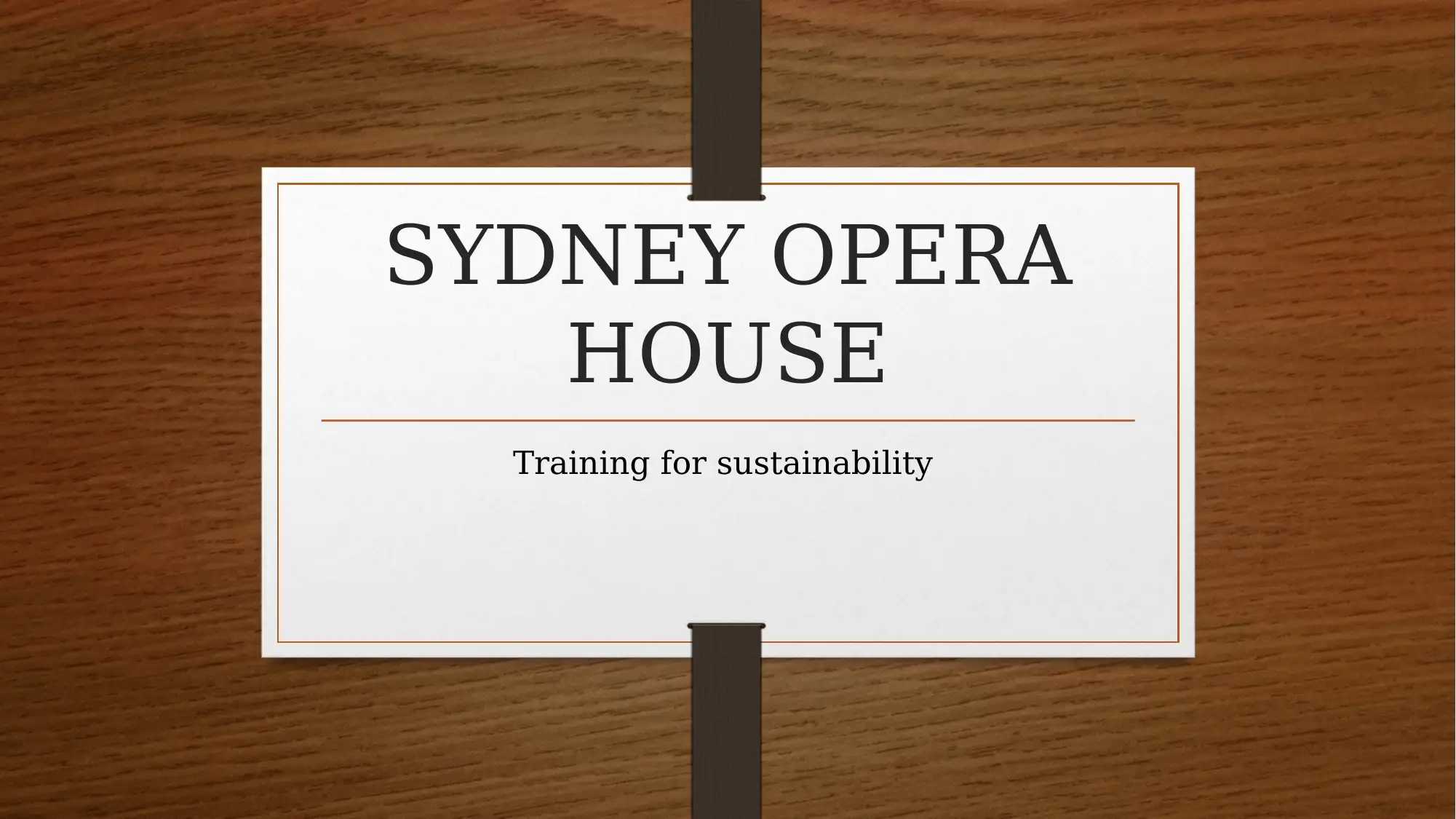
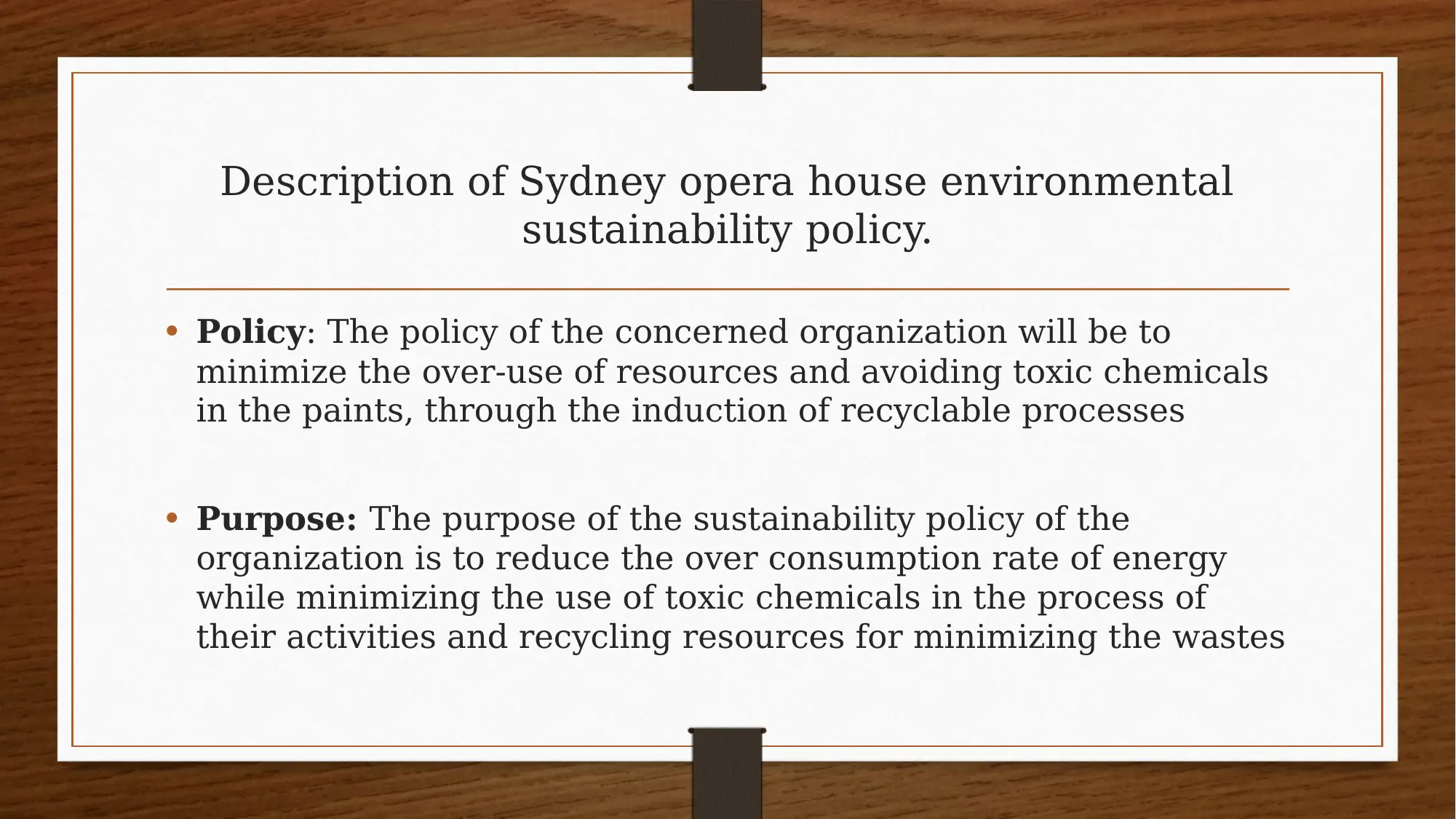
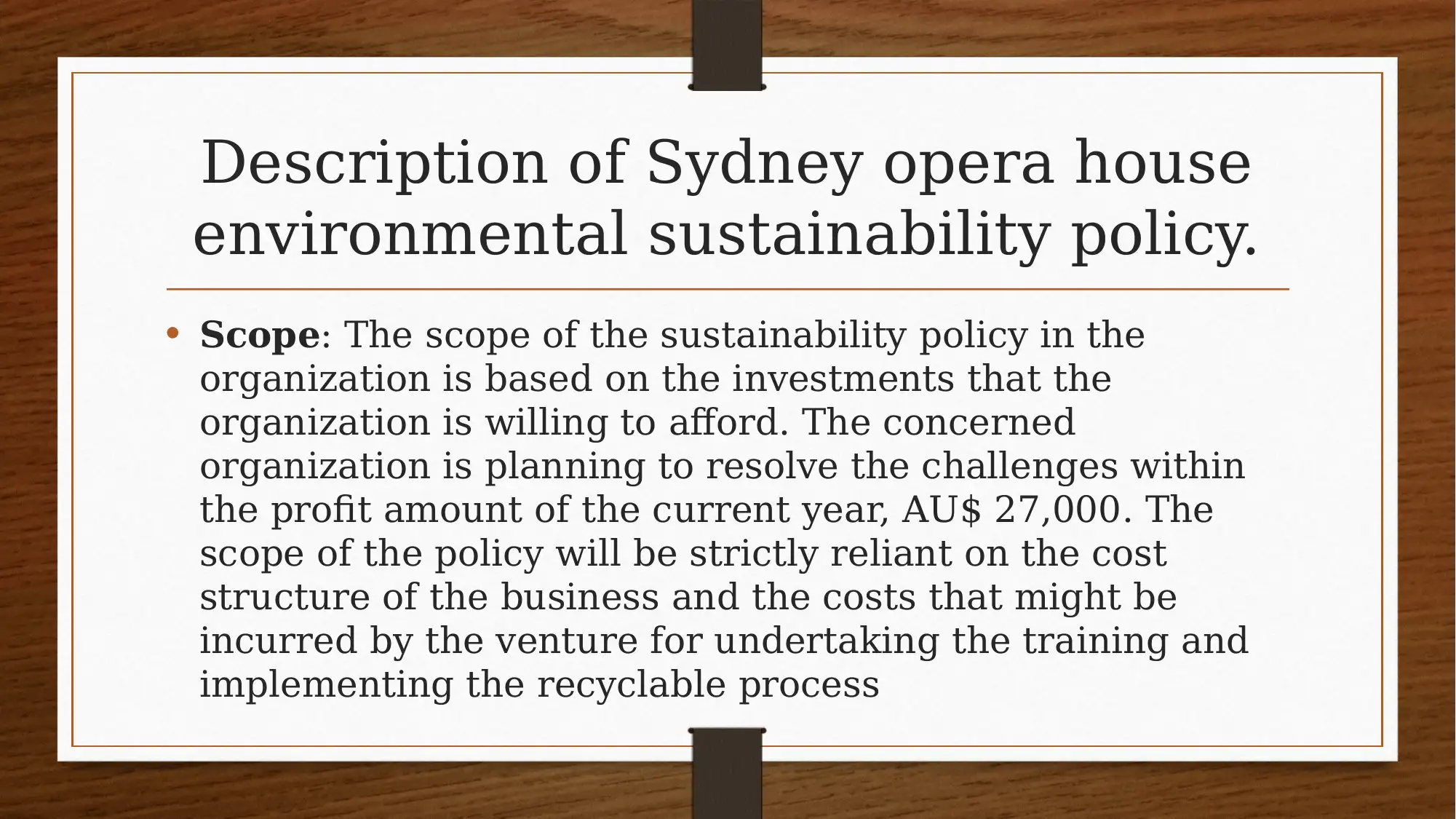

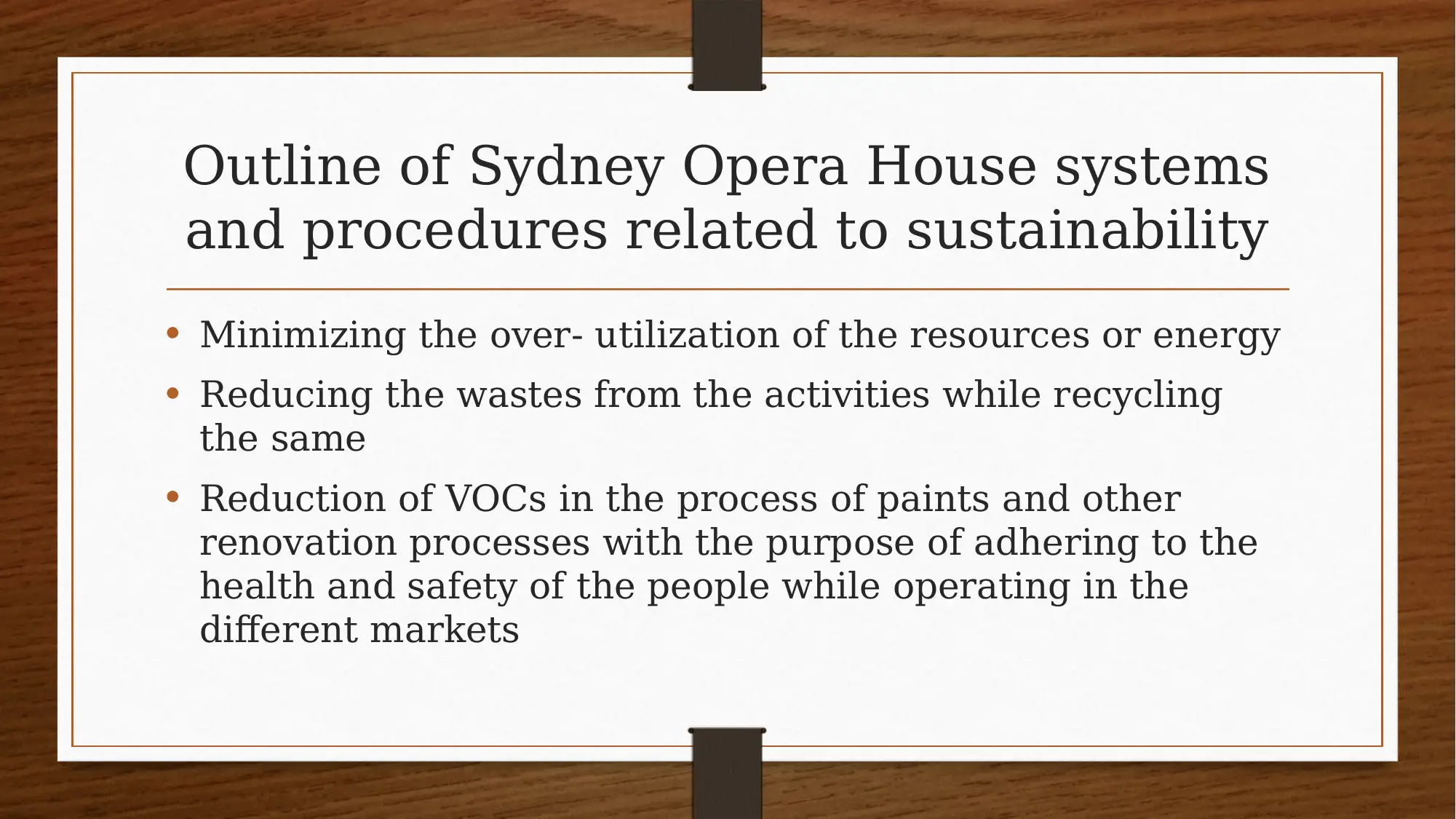
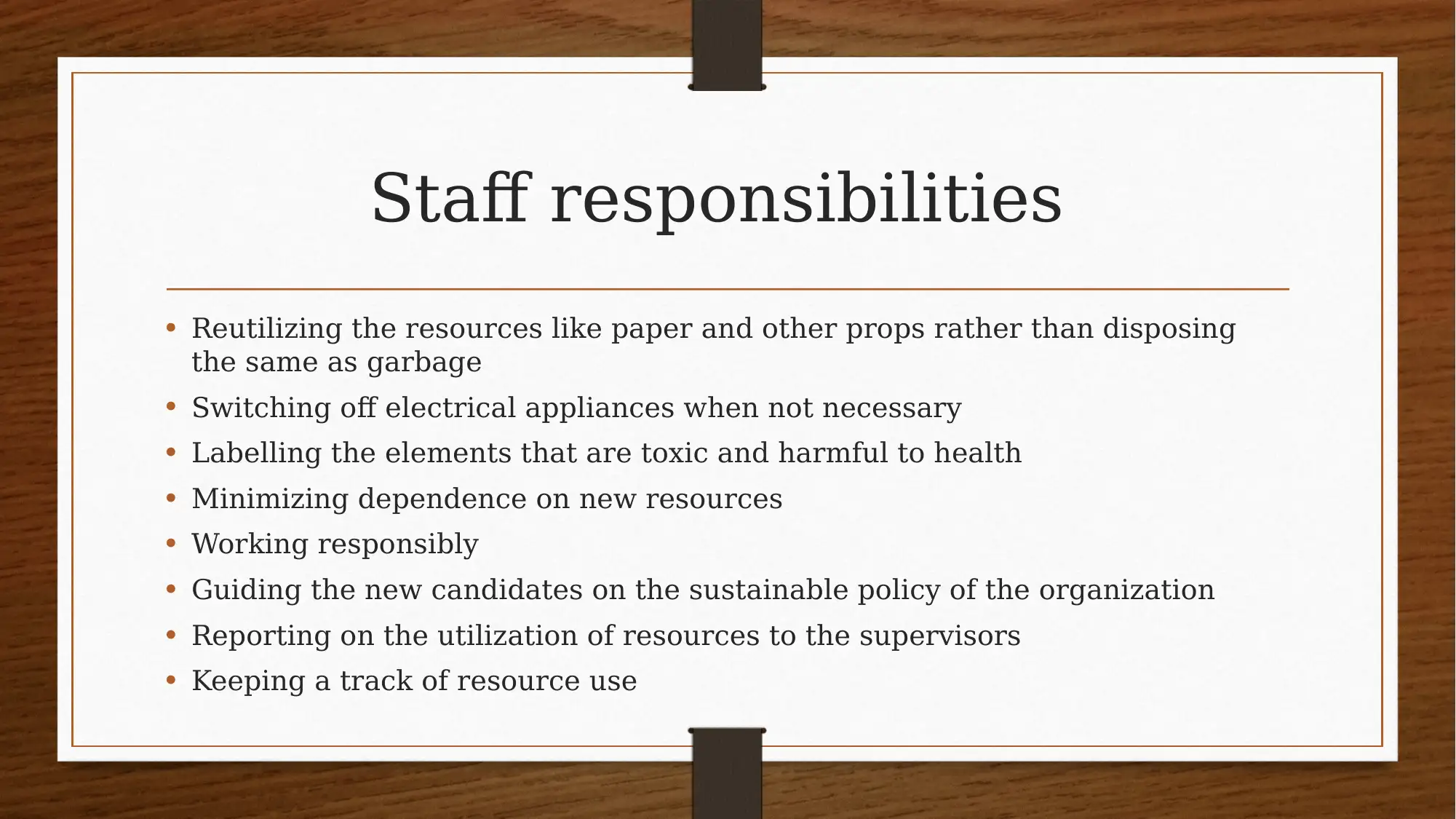
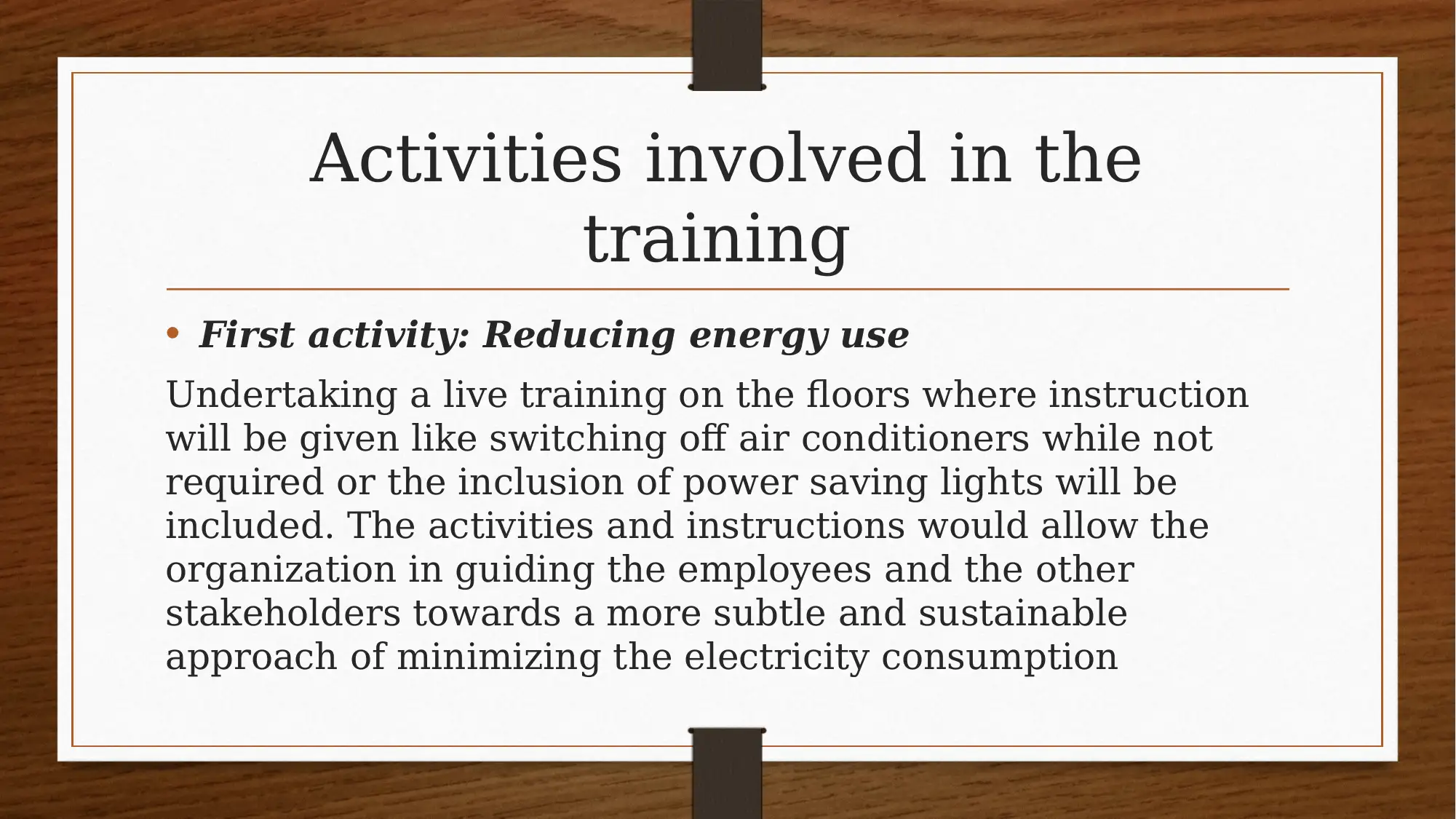
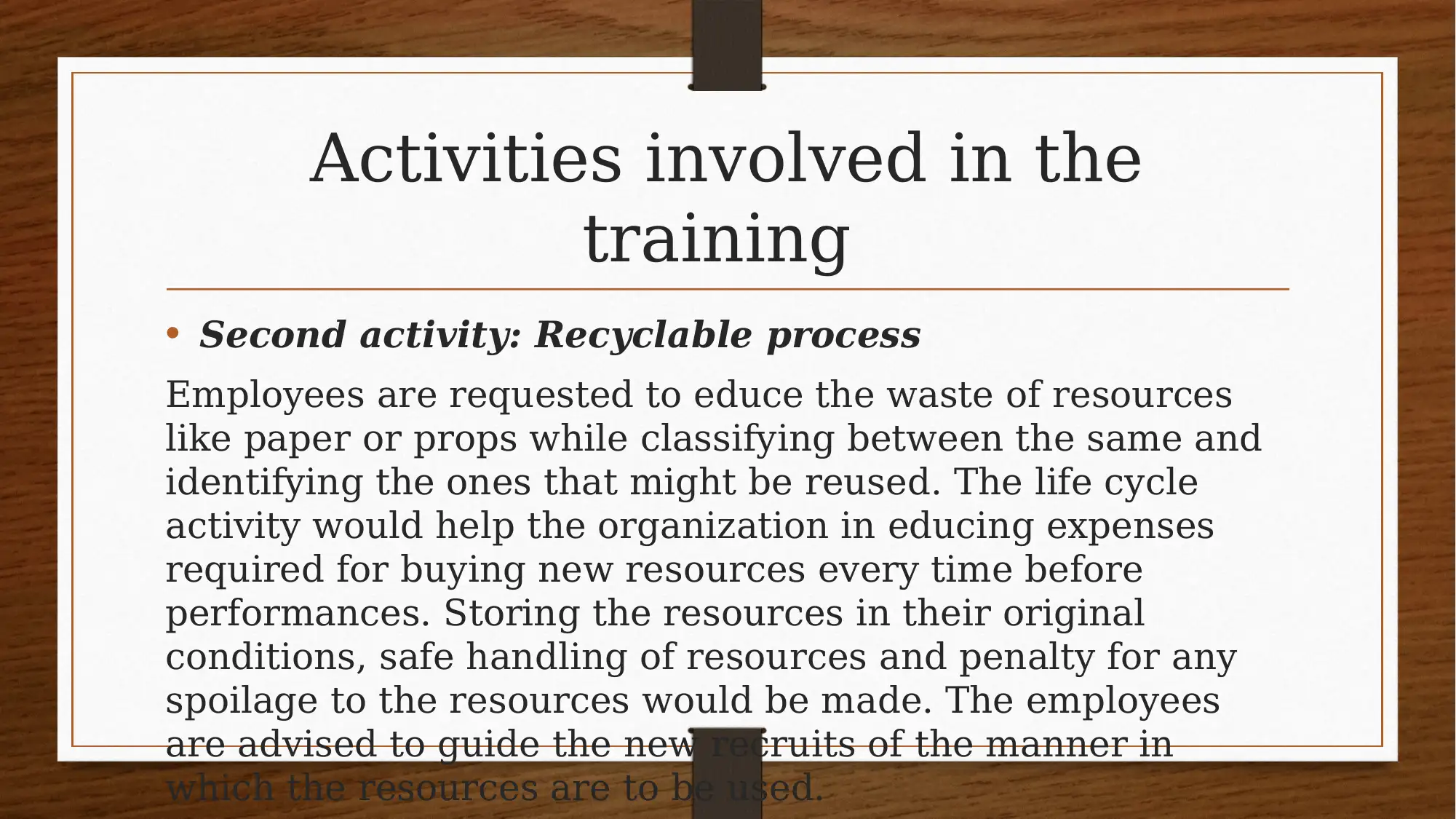
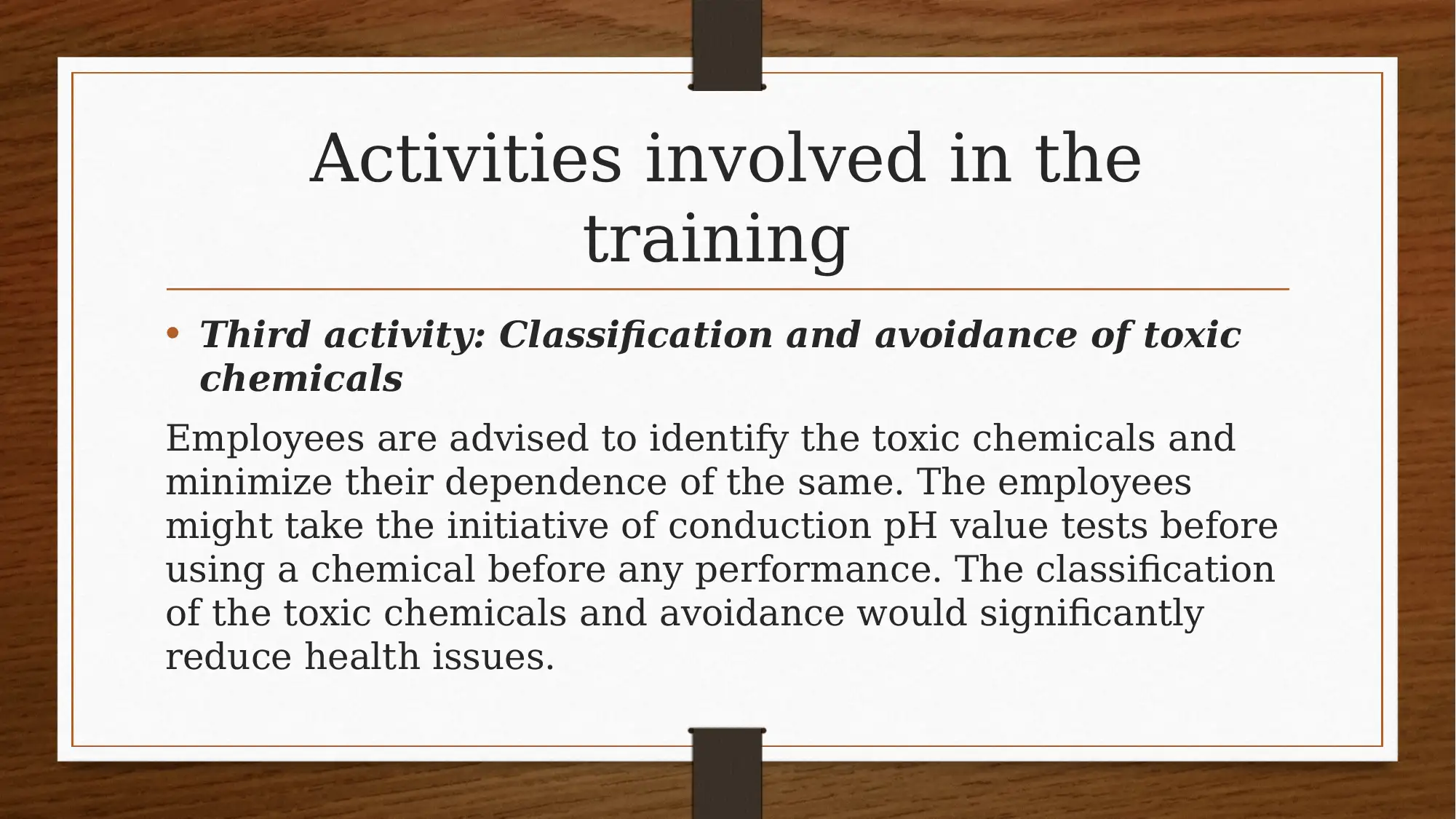
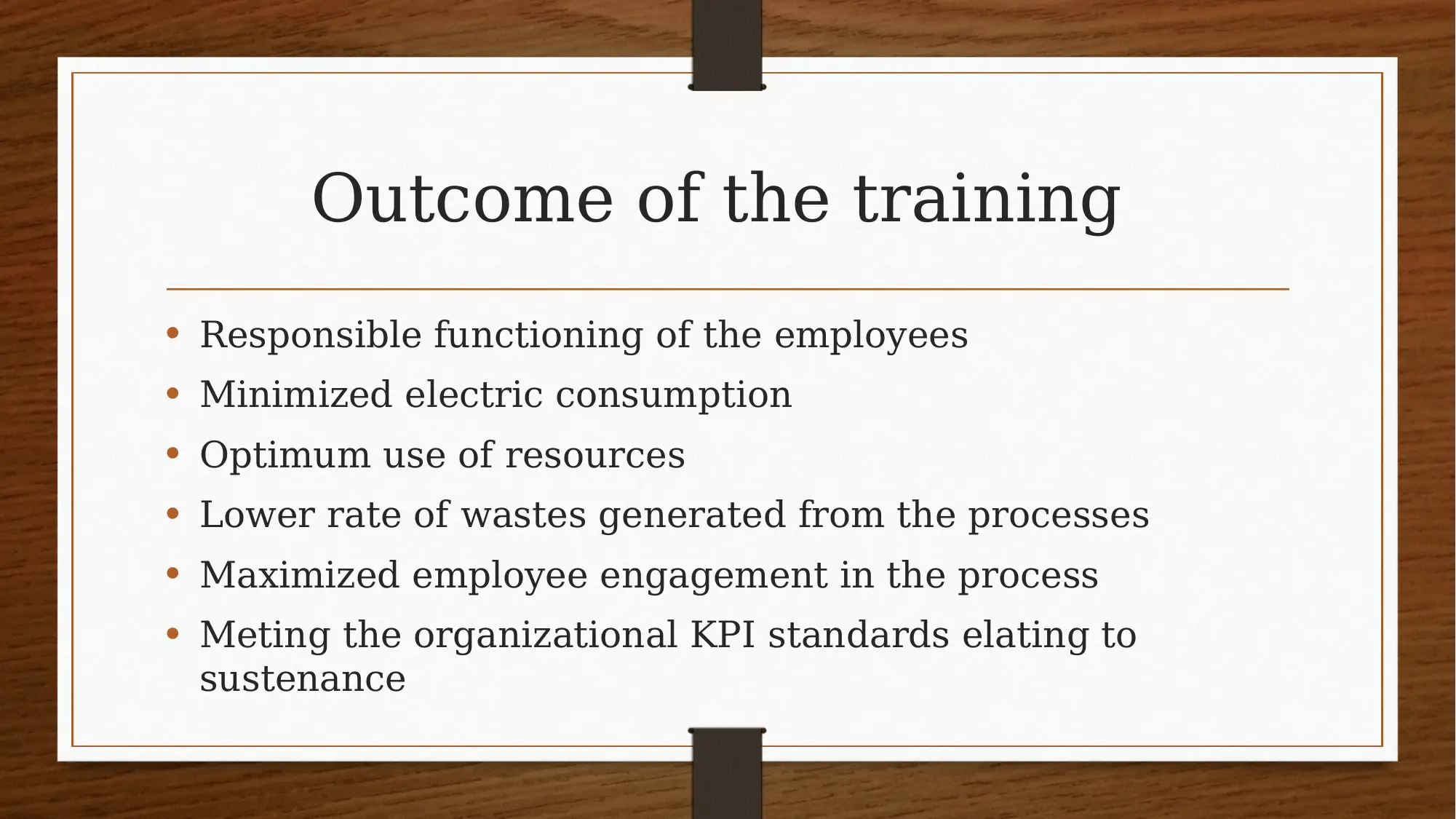






![[object Object]](/_next/static/media/star-bottom.7253800d.svg)